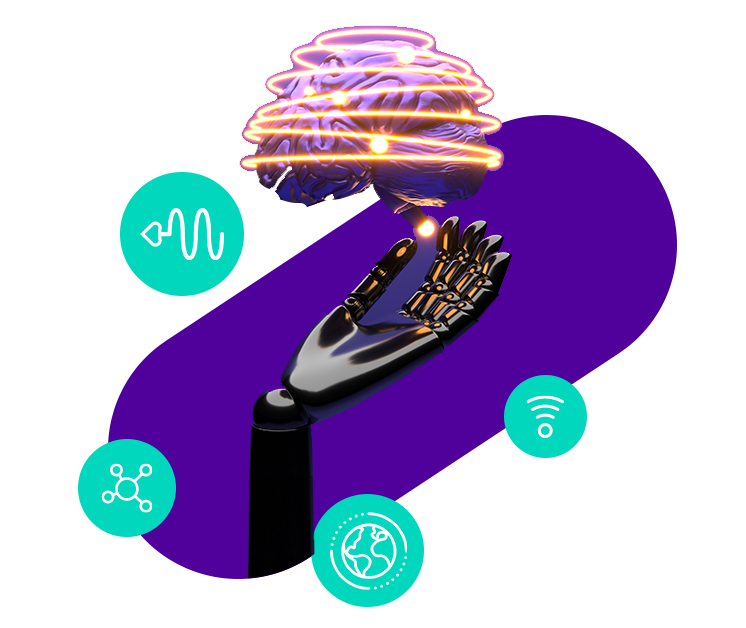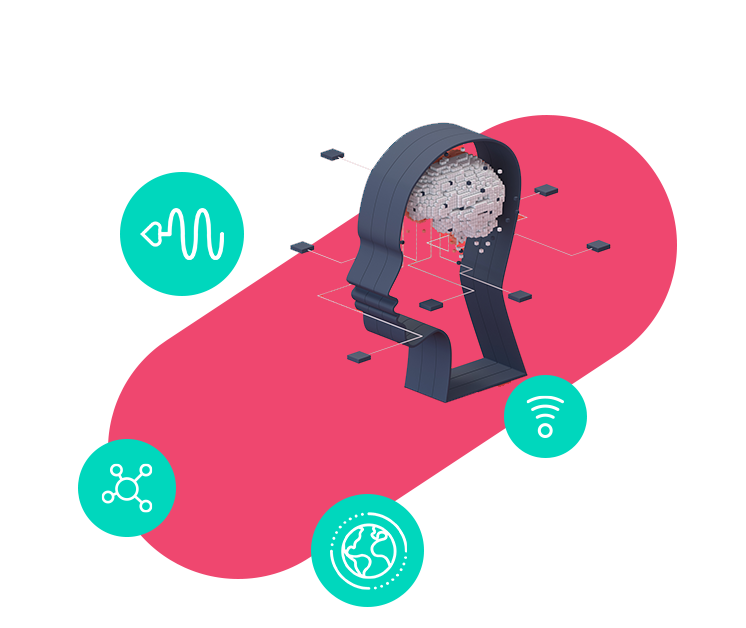September was a busy month for 5G and services are just around the corner from commercial launch. We saw new rules from the FCC aimed at accelerating small cell deployments and a number of ‘world firsts’ from equipment manufacturers.
Network operators were busy as well, with Vodafone demonstrating a live 5G holographic video call while announcing services will be live in the UK from the middle of 2019, Verizon launched 5G-based home broadband and AT&T will be adding five more cities to its 2018 launches of mobile 5G.
It’s an exciting time and commercial services will rightly grab the headlines – but 5G is about more than just increased data-speeds. It will enable the next generation of technologies from AI to IOT and driverless cars, and it’s here where we’ll see pressure on the network really ramp up.
Coping with the extra data is one thing, but these devices and applications operate in a very different way to traditional mobile handsets.
For example, once data has been transmitted to the antenna or base station it needs to be backhauled to an aggregation point where it can be stored and manipulated. This aspect of ‘edge DC (data centre) is being driven by 5G requirements such as latency of less than 1mS, which means closely connecting cells to compute power in the form of data centres or the cloud.
The backhaul network will need to be able to cope with extra traffic that will be bursty and unpredictable, calling for intelligent load balancing based on real-time analytics rather than over-provisioning based around estimates and guesswork.
Operators are in the process of upgrading networks and migrating radio links or leased lines towards fibre serving existing 3G/4G base stations. These networks will be the foundation of 5G roll outs, including small cells deployments, and the number of fibre links will increase significantly as part of this densification process.
Cells will also be connected together for the rapid handover needed by real-time critical traffic such as that from connected cars, with the ‘brain’ some form of AI housed in a data centre. In these use cases a response will be sent back to the source device in real time, requiring backhaul networks that are resilient, reliable and low latency, able to handle real-time traffic between the antennae and the data centre.
Many mobile operators have neglected to invest in backhaul as their capital is diverted to spectrum licence fees and cellular equipment, which is why we’re seeing more interest in partnering with backhaul specialists that have dense fibre networks in key urban areas. At Colt we have significant fibre density and reach across 51 Metro Area Networks globally – all the areas where 5G backhaul is required.
Between now and Mobile World Congress 2019 we’re expecting a lot more ‘5G world firsts’ and it’s not just those in the telecoms or tech industry excited about what’s possible. 5G will change how we perceive mobile networks and enable new applications and use cases – just so long as it’s got a resilient, reliable and low latency backhaul network in place to support it.
Stephan Wanke is VP Professional Services at Colt Technology Services
Recent articles
What's your goal today?

1. Connect to the Colt network
Our network directly connects 32,000+ buildings, with millions more through our extensive worldwide partners, powering global businesses with high bandwidth requirements. Find out if you're Colt connected now.

2. Learn more about digital infrastructure
We've worked with experts to build hundreds of guides, whitepapers and blogs across a range of technology & infrastructure topics, as well as videos, webinars & lightning talks. Find out more about them below.

3. Explore our customer success stories
We work with global businesses to deliver world-class connectivity solutions, with a range of available professional & managed services to help you get exactly the right fit for your business. Read more about some of our customers' success stories.

